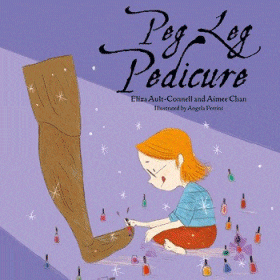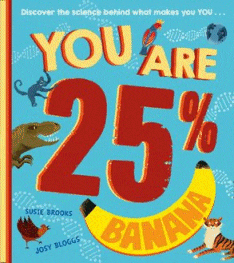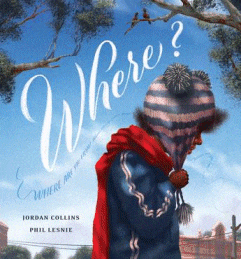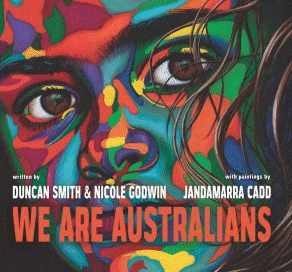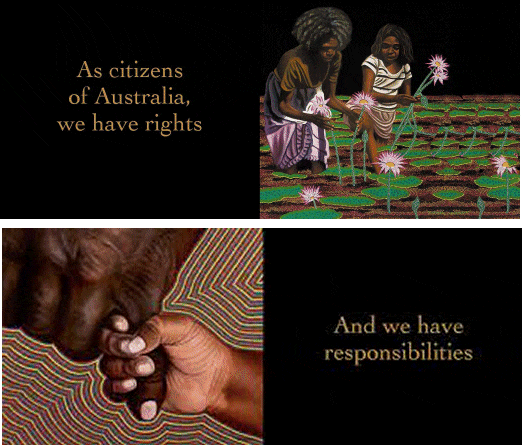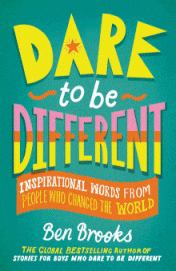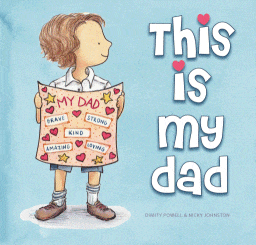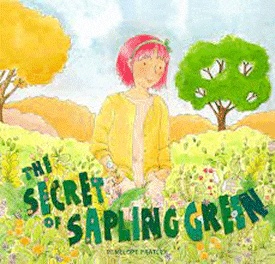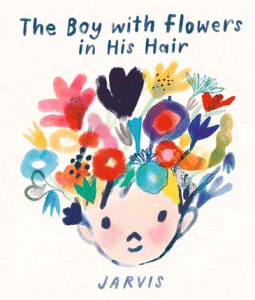
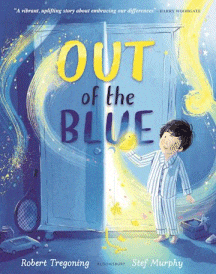
Out of the Blue
Out of the Blue
Robert Tregoning
Stef Murphy
Bloomsbury, 2023
32pp., pbk., RRP $A16.99
9781526627964
What happens if you live in a world of blue –
ONLY BLUE ALLOWED, by Blue government demand
Anything that isn’t blue, by colour law, is banned
-but your favourite colour is yellow?
What if your favourite toy is a little yellow rubber duck but you have to hide it even from your family?
This is a story that not only champions diversity, difference and pride but encourages those who are different to have the courage to come forward and celebrate that. In a world that is hopefully disappearing rapidly – despite those in some US states clinging to the “old standards” by banning books and educators facing criminal charges for breaches – and conformity was the key, there were always those who preferred yellow in a world of blue whether that was colour, religion, political or gender identity, or any of the millions of other ways that humans differ. And it’s been a theme in many children’s books now for some time, but this one stands out for its simplicity in explaining the concept. Liking yellow in a world of mandated blue is something even the youngest readers can understand and they can start to think of things that they like that perhaps others don’t, like brussel sprouts and broccoli., then consider if that is necessarily something to be shunned for.
A friend recently posted a message to social media about a daughter who “marches to the beat of her own drum” (whatever rhythm that might be) and my response was that it was wonderful that she now lives in a world that is willing to accept and embrace so many different tunes because while it might sound like a cacophony, it is actually the harmonious sound of humanity.
So it doesn’t matter how many times our little ones hear this vital message about being yourself, of celebrating difference, of having the courage to stand out, because now we are finally reaping the benefits.

